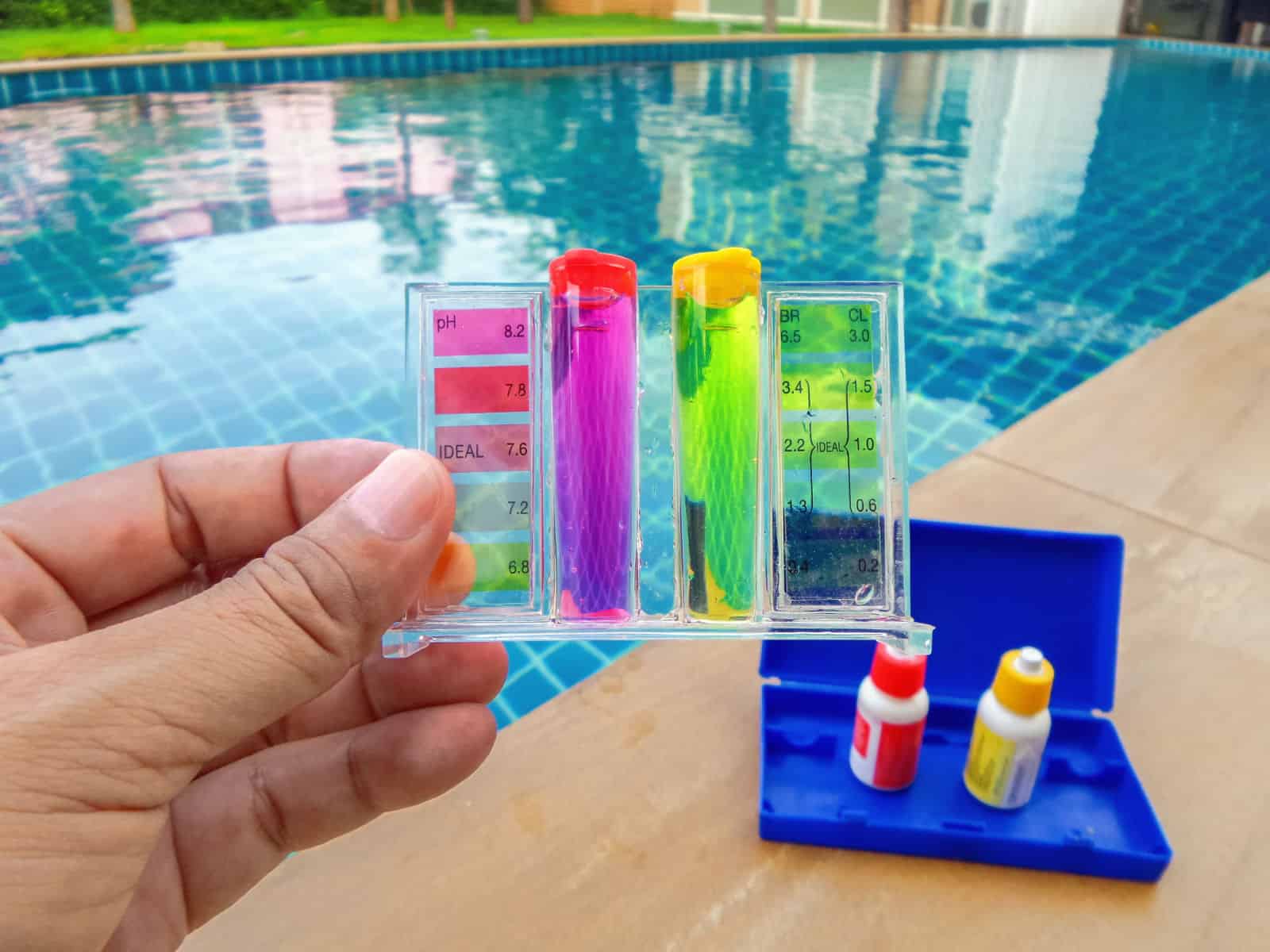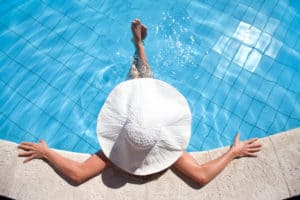Pool water testing is always important, but when the pool water starts warming up, it is critical! The 5 most important pool water testing goals for us at Pool Heaven are:
- Pool Conditioner (50 to 80 ppm)
- Chlorine (2 to 4 ppm)
- pH (7.2 – 7.6)
- Carbonate Alkalinity (80 to 120 ppm)
- Phosphates (0-300 ppb)
Pool Conditioner
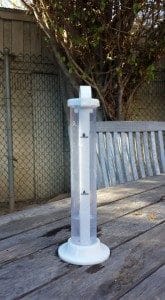 The #1 item we focus on is the chlorine level as chlorine sanitizes the pool water and kills bacteria. I would put chlorine at #1 on this list, but we need proper levels of pool conditioner in the pool water to bond and hold the chlorine in the pool water for long periods of time. To maintain an ideal 2 ppm to 4 ppm of free available chlorine in the pool water, we need an ideal level of 50 ppm to 80 ppm of pool conditioner.
The #1 item we focus on is the chlorine level as chlorine sanitizes the pool water and kills bacteria. I would put chlorine at #1 on this list, but we need proper levels of pool conditioner in the pool water to bond and hold the chlorine in the pool water for long periods of time. To maintain an ideal 2 ppm to 4 ppm of free available chlorine in the pool water, we need an ideal level of 50 ppm to 80 ppm of pool conditioner.
You can also have too much pool conditioner. Too much pool conditioner can make your pool water aggressive and can also make your chlorine less efficient and active. Most pool conditioner test kits only test up to 100 ppm, so we have to use a dilution method to measure approximate level if pool conditioner is at least 100 ppm.
The type of chlorine you add to your swimming pool or spa will have a dramatic effect on your pool conditioner. This is why we use liquid chlorine as much as possible. Tablet chlorine is more convenient in the summer months, however. You can read our article “Use Liquid Chlorine” for more information about the advantages of liquid chlorine. For our purposes here, let’s focus on the importance of pool conditioner to bond to and hold chlorine in the water for long periods of time. Just try to keep pool conditioner under 100 ppm.
Chlorine
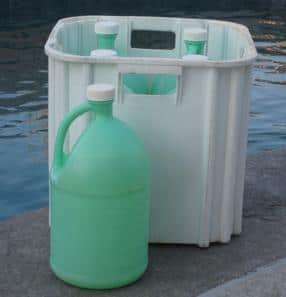 As mentioned above, chlorine kills bacteria and keeps your pool water sanitized. We want to see high ideal chlorine which is between 2ppm and 4ppm every visit. Most times people claim that the pool smells like there is too much chlorine, it is due to there not being enough chlorine. Smelly pool water is usually from the forming of chloramines in pool water. Chloramines form by the mixture of body contaminants (sweat, body fluid, urine, etc.) and chlorine. It takes large doses of chlorine or non-chlorine shock to kill these chloramines.
As mentioned above, chlorine kills bacteria and keeps your pool water sanitized. We want to see high ideal chlorine which is between 2ppm and 4ppm every visit. Most times people claim that the pool smells like there is too much chlorine, it is due to there not being enough chlorine. Smelly pool water is usually from the forming of chloramines in pool water. Chloramines form by the mixture of body contaminants (sweat, body fluid, urine, etc.) and chlorine. It takes large doses of chlorine or non-chlorine shock to kill these chloramines.
Chloramine compounds are also irritating to your skin and eyes. Read our article about smelly pool water for more information on chloramines and the importance of available chlorine. We like to use non-chlorine shock to kill and block chloramines from forming as non-chlorine shock is less invasive and aggressive compared to chlorine. We aim for high ideal 2.0 to 4.0 ppm of available chlorine every visit and like to add a little bit of non-chlorine shock to keep chloramines from forming.
Pool Water Testing For pH
Testing for pH is pretty simple. Ideal pH is 7.2 to 7.6. One common balancing technique we use is to add 1/4 gallon of muriatic acid per 1 gallon of liquid chlorine to lower the pH of the liquid chlorine which will raise the pH. Only pool service experts should be pool water testing and adding chemicals as noxious gasses can form if not done correctly! Chlorine tabs are low in pH, so over time they will lower your pH or at least not allow your pH to spike up dramatically.
Pool Water Testing For Carbonate Alkalinity
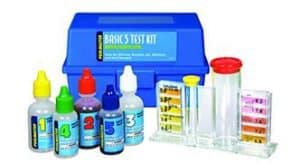 Carbonate Alkalinity can be a little complicated to understand. Read our article about pool conditioner to learn the specifics about measuring carbonate alkalinity, but let’s try to keep this simple here. To find carbonate alkalinty, you have to subtract your cyanuric alkalinity.
Carbonate Alkalinity can be a little complicated to understand. Read our article about pool conditioner to learn the specifics about measuring carbonate alkalinity, but let’s try to keep this simple here. To find carbonate alkalinty, you have to subtract your cyanuric alkalinity.
We use a very general method to find the cyanuric alkalinity. We roughly estimate about 1/3 of the pool conditioner level to be cyanuric alkalinity. Anotherwords, if our pool has 150 ppm of conditioner, 1/3 of that is cyanuric alkalinity or 50 ppm. If our total alkalinity is 120 ppm, our carbonate alkalinity would be 70 ppm and slightly aggressive. We do not want to lower that total alkalinity even though our total alkalinity is high, because it would make our carbonate alkalinity low and aggressive. The issue with the pool water is our cyanuric alkalinity is too high and needs pool water recycling or draining and new fresh water.
Following the first important tip about keeping pool conditioner between 50 ppm and 80 ppm will help us avoid this high conditioner situation. This is why we switch to liquid chlorine as soon as possible (weather permitting) after summer for as long as possible into summer. Chlorine tabs have conditioner in them and will continue raising those conditioner levels that we want to keep between 50 ppm and 80 ppm.
Pool Water Testing For Phosphates
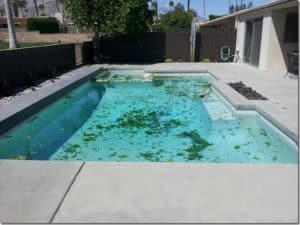 Phosphates are basically nourishment for algae. The more phosphates in a pool, the more nourishment for algae spores to consume and spread. Phosphates get into pool water from leaves, twigs, and other landscaping debris. They also can be in certain chemicals and products that are added to the swimming pool. We are very careful about products we put into our customer’s swimming pools. We try to avoid products with metals, bromine, phosphates, and other damaging chemical compounds.
Phosphates are basically nourishment for algae. The more phosphates in a pool, the more nourishment for algae spores to consume and spread. Phosphates get into pool water from leaves, twigs, and other landscaping debris. They also can be in certain chemicals and products that are added to the swimming pool. We are very careful about products we put into our customer’s swimming pools. We try to avoid products with metals, bromine, phosphates, and other damaging chemical compounds.
Pool Water Testing Consistency Is The Secret
The most important part of pool maintenance is repetition and follow through. Every week, we perform pool water testing and adjust our pool water chemistry to ensure our customer’s pools are sparkling blue, clear, and safe to swim in. Our goal is to provide your Pool Heaven for you to relax and enjoy as much as possible. Now get in your pool or spa, save money, and enjoy your Pool Heaven!
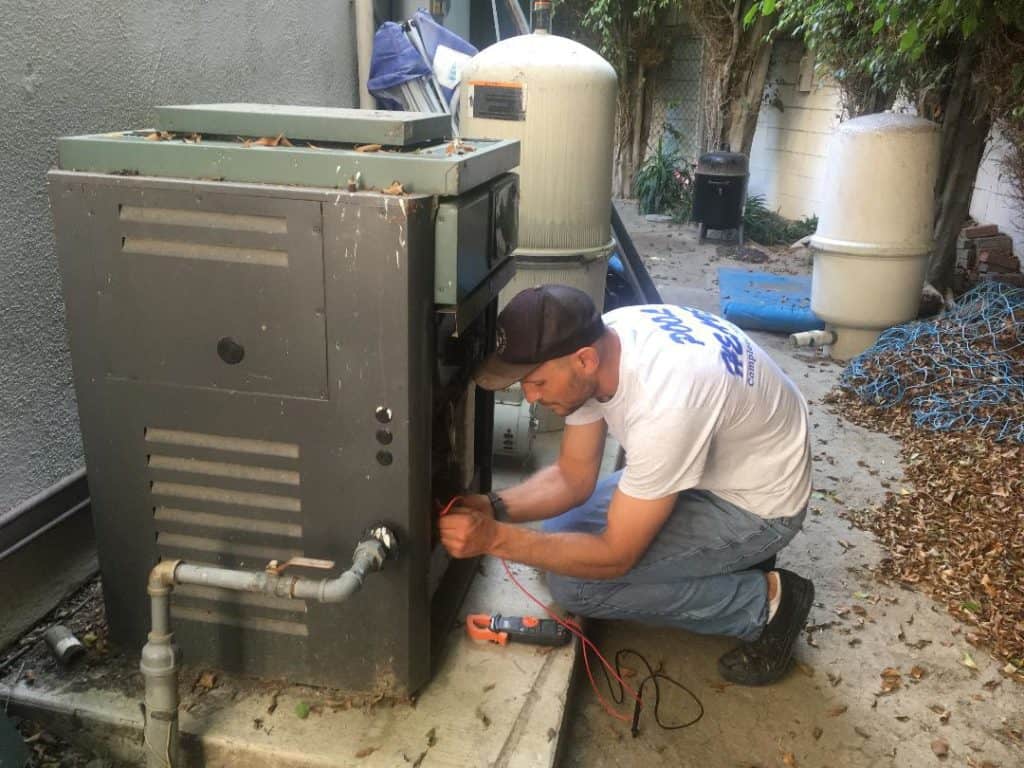
If you need help with any pool or spa projects in Orange County, Ca., provide us your information and we will respond with more info. and a free estimate or if we don’t provide the service, we will have the pool professional we use and trust contact you .
Check out one of these informative articles below or type in any swimming pool or spa related topic and click search.
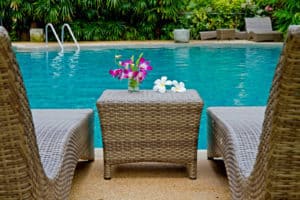
Best Swimming Pool Heater In Irvine, California?
To say that a modern LoNox swimming pool heater can be challenging and expensive to repair could be an understatement. Can of worms is a phrase we
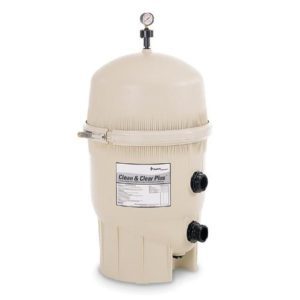
What is the Best Pool Filter in Tustin?
The 3 most popular pool filters in Tustin are the diatamaceous earth filter, cartridge filter, and sand filter. Diatamaceous earth or d.e. is the most
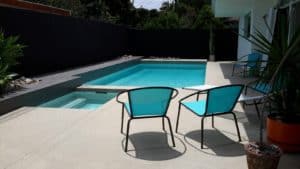
Make Your Swimming Pool Sparkle In the Winter!!
We are going to share the biggest secret of the swimming pool service trade right here with all of you! I hope other swimming pool
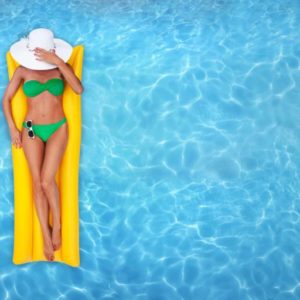
What is the role of Chlorine in pool water?
Water Chemistry Share Chlorine is a crucial element in maintaining properly balanced pool water. It is used as a disinfectant to kill harmful bacteria, viruses,

